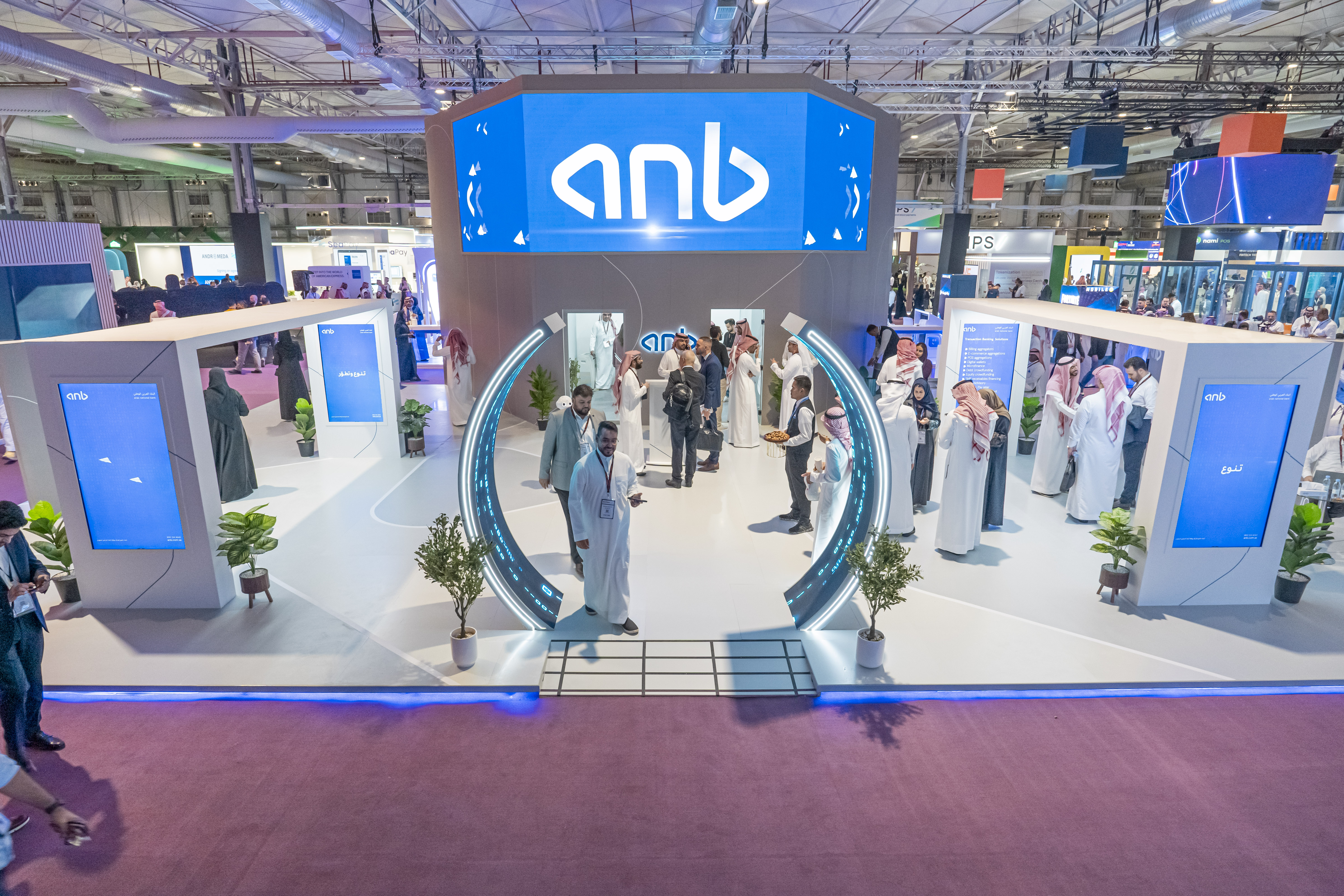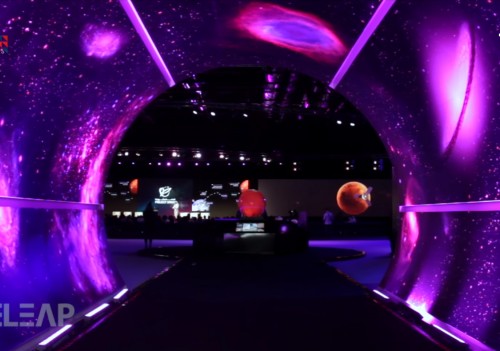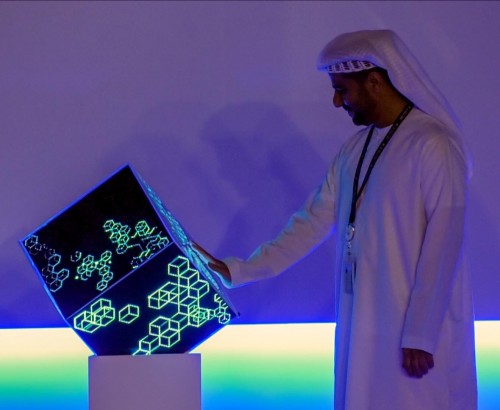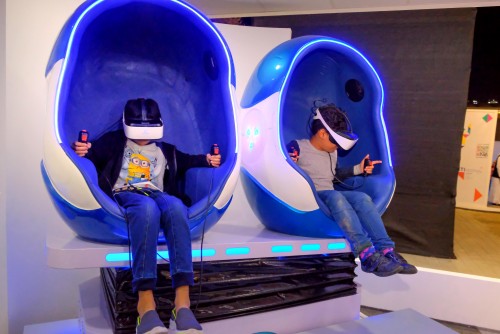Mastering Event Management for Exhibitions

Pre-Event Planning: Crafting the Blueprint
Setting Objectives and Goals - Before diving into the logistics, define what you aim to achieve with the exhibition. Are you focusing on brand awareness, lead generation, or networking opportunities?
Budgeting - Develop a comprehensive budget that covers all aspects of the event, from venue rental and booth construction to marketing and staffing. Ensure to allocate funds for contingencies.
Selecting the Venue - Choose a venue that aligns with your exhibition's scale and audience. Consider factors like location, accessibility, and available facilities.
Designing the Exhibition Layout: Creating a Flow
Floor Plan and Booth Design - An effective layout enhances the attendee experience and maximizes engagement. Design booths that are visually appealing and functional. Plan the flow of traffic to avoid congestion and ensure easy access.
Signage and Branding - Invest in high-quality signage that guides visitors and reinforces your brand identity. Clear and strategic placement is key to attracting attention.
Marketing and Promotion: Building Buzz
Pre-Event Promotion - Utilize various channels such as social media, email marketing, and press releases to generate excitement and inform potential attendees. Highlight key speakers, exhibitors, and activities.
On-Site Engagement - Use interactive elements like live demos, contests, and social media walls to keep attendees engaged and encourage them to share their experiences.
Logistics and Operations: Ensuring Seamless Execution
Vendor Management - Coordinate with vendors for services such as catering, audiovisual equipment, and security. Ensure all parties are aligned on schedules and responsibilities.
Staff Training - Prepare your team with comprehensive training on their roles and responsibilities. Effective communication and customer service skills are essential for a smooth event.
Post-Event Evaluation: Measuring Success
Gathering Feedback - Collect feedback from attendees, exhibitors, and staff to assess what worked well and what could be improved. Use surveys and direct conversations for insights.
Analyzing Metrics - Review key performance indicators such as attendance numbers, lead generation, and social media engagement. Compare these metrics against your initial objectives to gauge overall success.







 Call
Call
 Mail
Mail